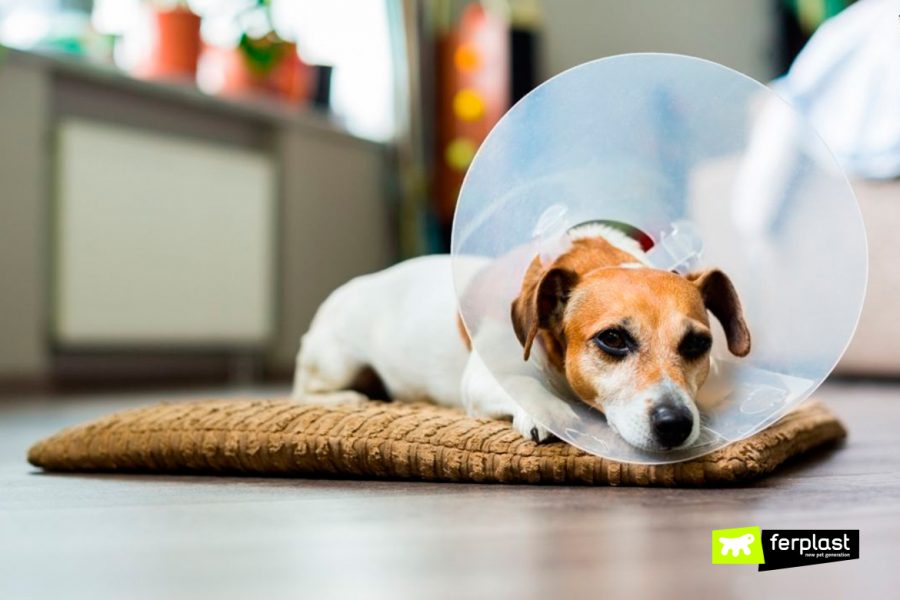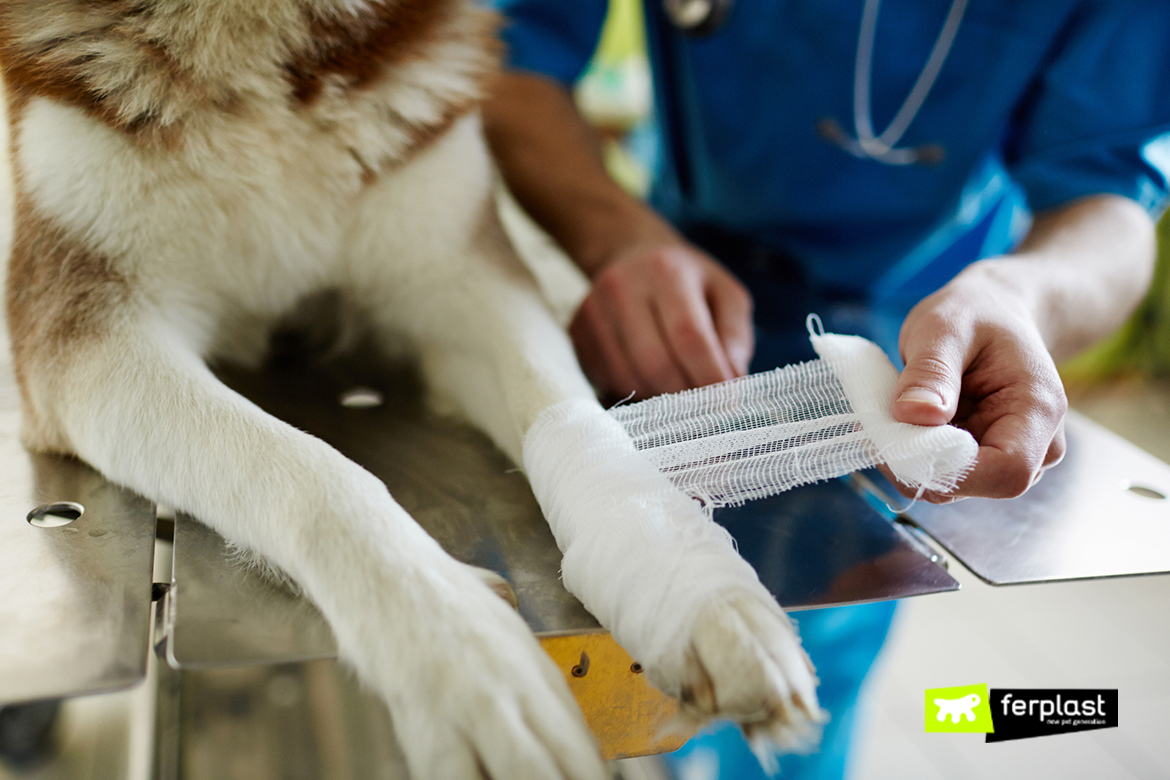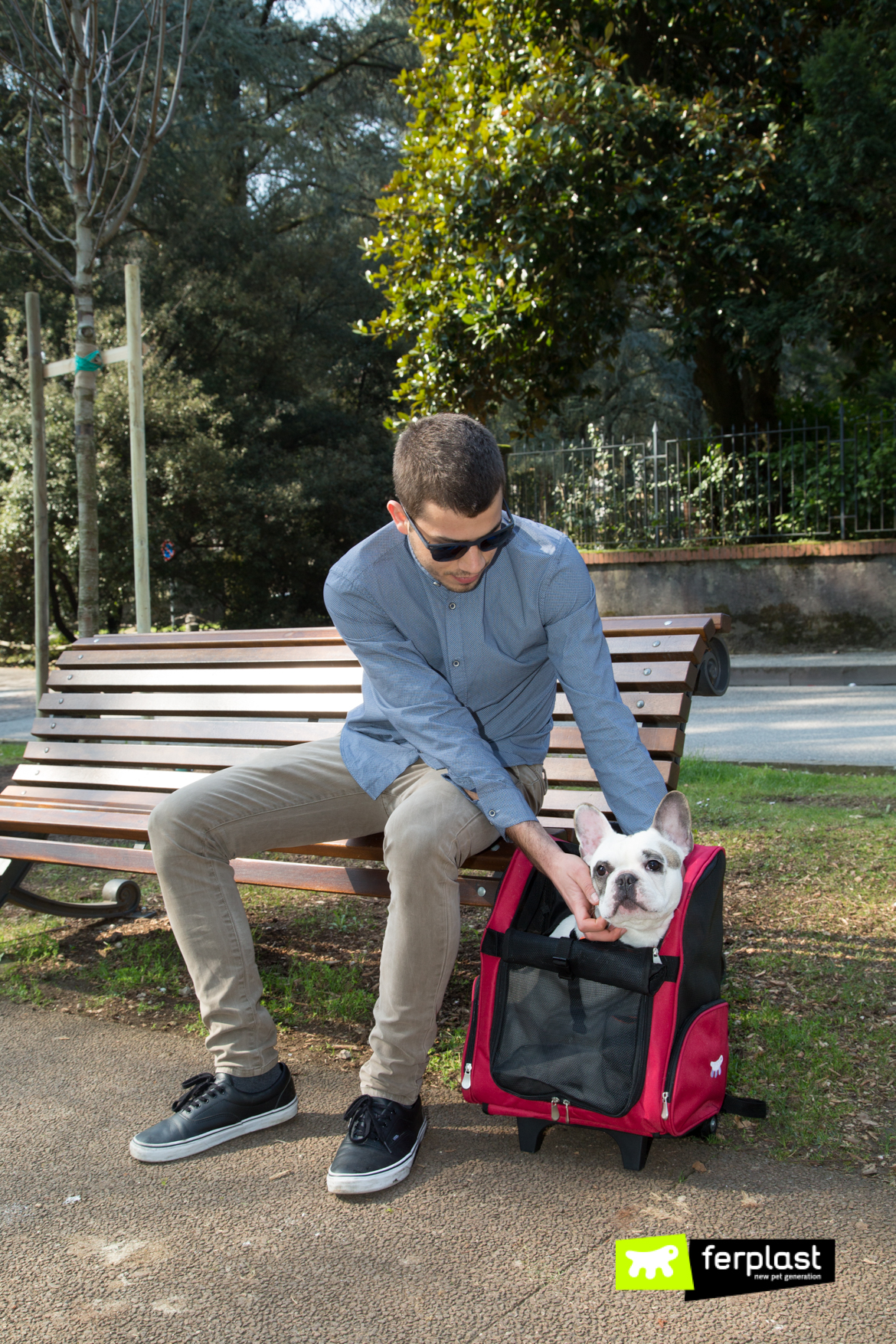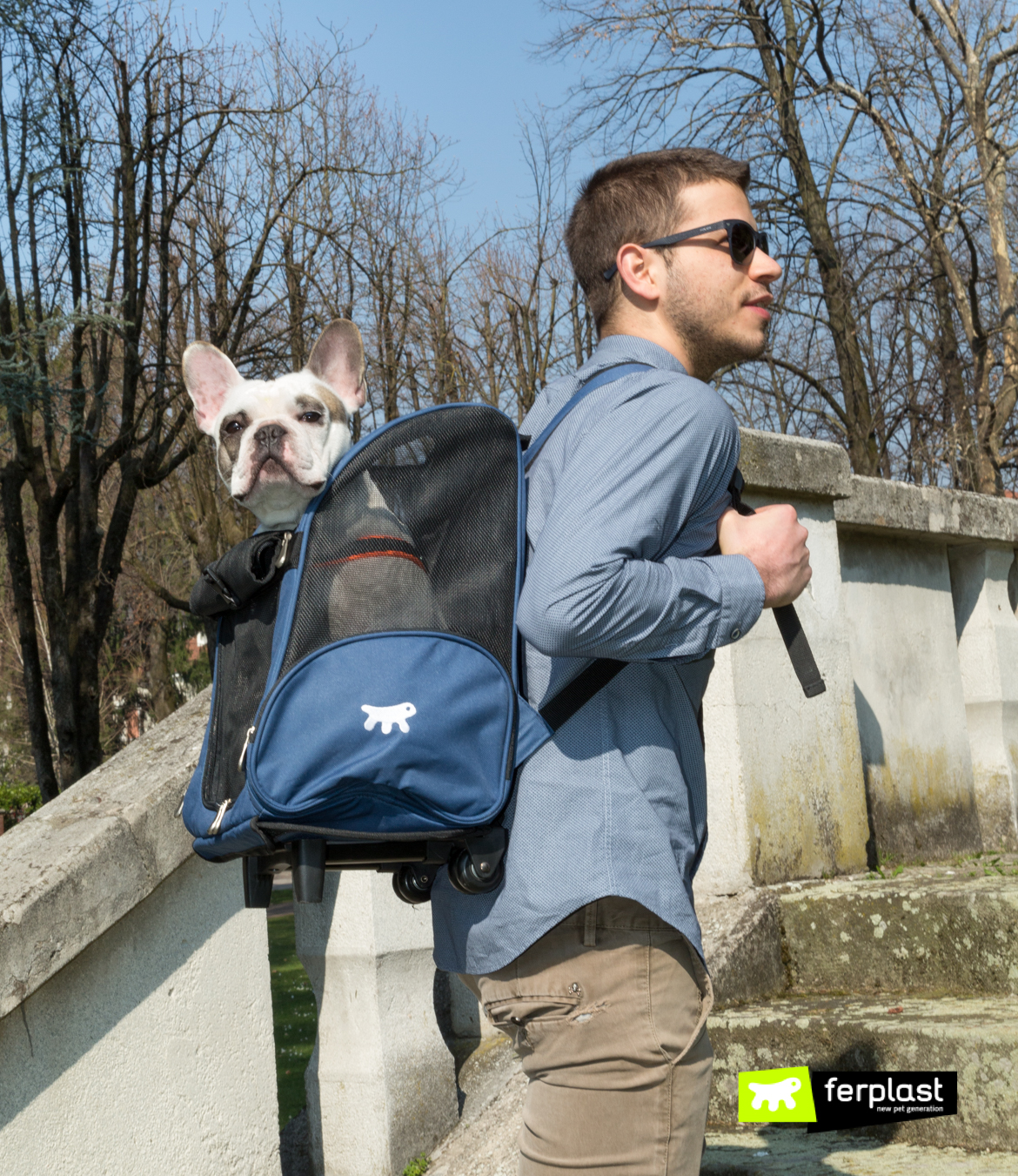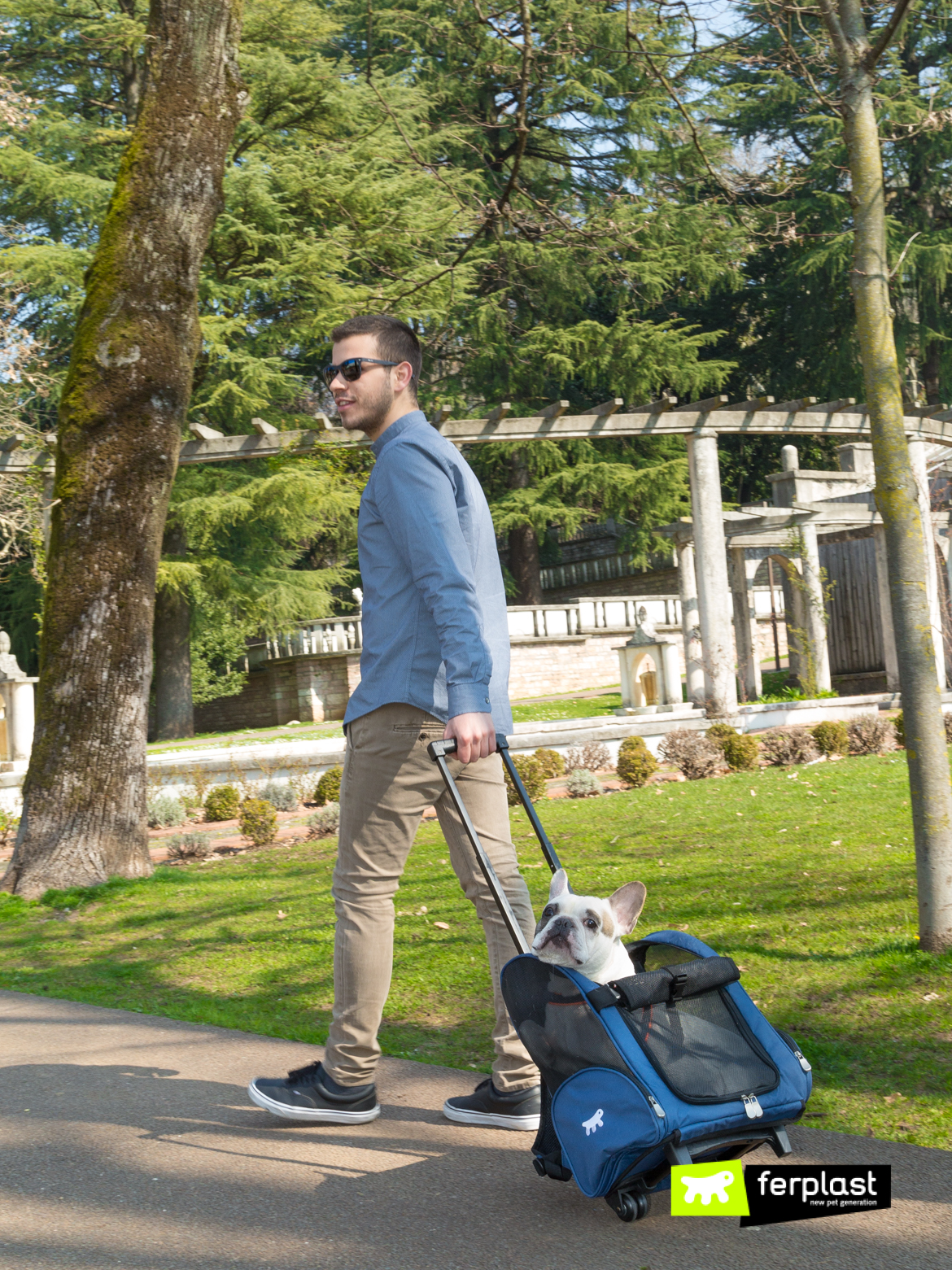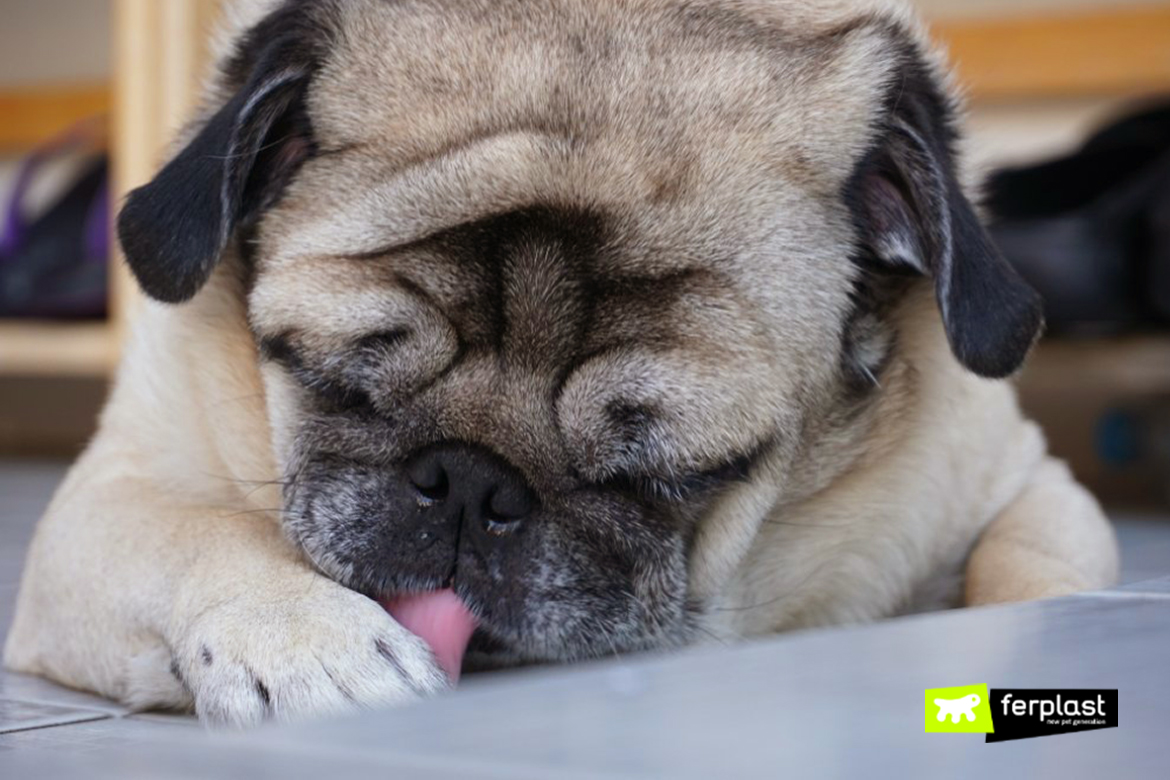If your dog has just undergone surgery, and all went well, you are now faced with handling the post-operative phase on your own at home. But don’t worry, just follow some simple rules and your four-legged buddy will be right as rain in no time!
Here are some simple rules to follow to help your dog get back in shape after an operation:
1) MAKE YOUR HOUSE PEACEFUL AND WELCOMING. When it comes out of the operating room, a dog usually needs to be kept in isolation for a while, far from noise and other animals until the effects of the anaesthesia have worn off. Stay calm, keep some distance, give it a gentle caress on the head without being dramatic, avoid transmitting your own anxiety to it.
2) START IT BACK ON FOOD GRADUALLY. Your dog will eat very little and may feel nauseous after an operation. Avoid feeding it until the effects of the anaesthesia have worn off, then gradually start putting some kibbles in its dish. Don’t worry, its appetite should be back to normal in about 48 hours. Do keep the water bowl full, and easy to get to, at all times.
3) DON’T FORCE THE DOG TO WALK. Be patient. A few days will go by before your dog goes back to being itself. With your vet’s approval, you can take it out for a morning and evening ‘constitutionals’, but make sure you keep it on the leash to prevent unforeseen events and encounters of the canine kind! Once the dog is better and if you want to give it longer outdoor time, you might consider using a doggie trolley you can sling over your back or pull behind you. The trolley will prevent your dog from making brusque movements, from jumping or even running. The scar needs to be completely closed before it can get back to its normal daily activities.
4) DON’T LET IT LICK THE WOUND. Your dog should be fitted for an Elizabethan collar (aka pet cone) and the wound covered so that he doesn’t lick it. Licking it would remove the medicine and could compromise the stitches, leading to infection. The dog will heal more quickly if the wound is protected. You, as owner, should check to make sure the medication and wound are clean and holding up, checking for possible infection: swelling, redness and secretions.
It goes without saying that you need to follow the doctor’s orders to the letter, and contact him or her should you have any doubts. Post-operative recovery times differ from dog to dog depending on the seriousness of the operation, its overall condition and health, but if you take good care of your dog, if you are patient and gentle, it will be up and back to its old self in no time!

